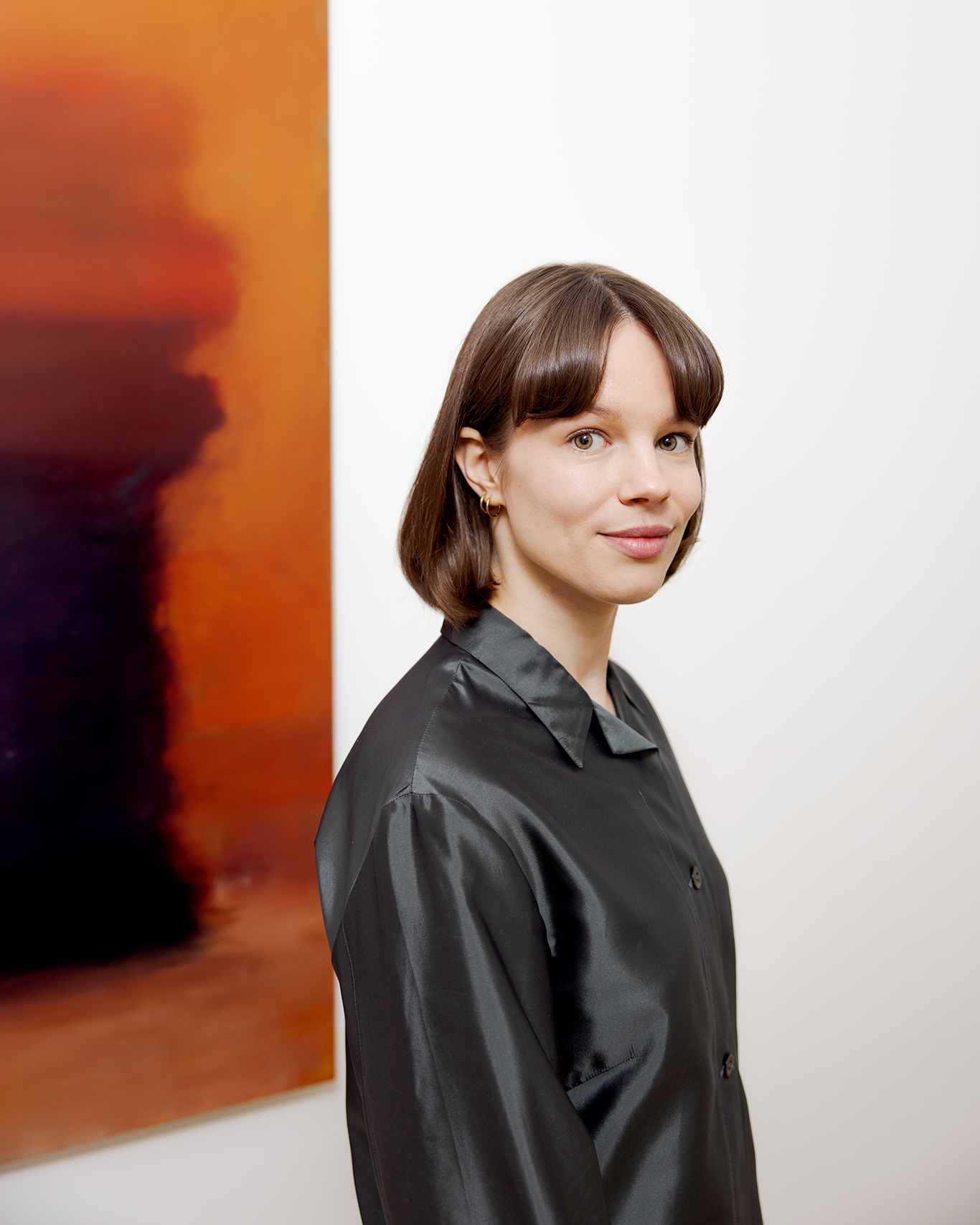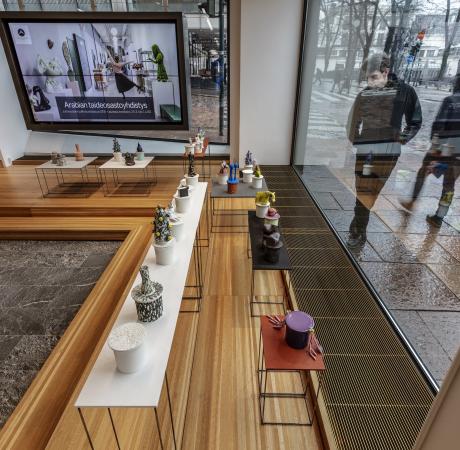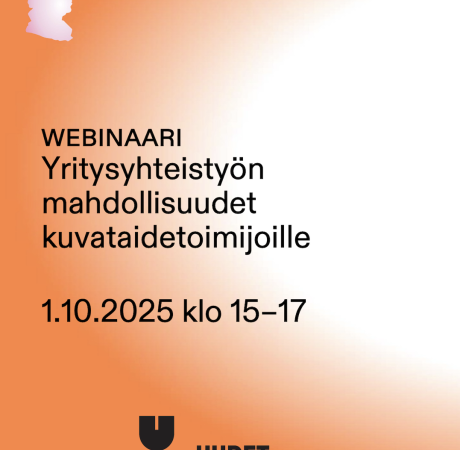Become a key player in the future of art! The Artists' Association of Finland's Modern Patrons project (2025-2026) brings together visual arts organisations and companies who aspire to work together to make the Finnish visual arts scene more sustainable and interesting.
Modern Patrons is a project of the Artists' Association of Finland that aims to increase dialogue between the visual arts communities and companies and to highlight companies that want to be pioneers in the field of cultural responsibility. Cultural responsibility is an area of corporate responsibility where the positive impact of culture and art on society and communities is recognised and companies commit to promoting and supporting culture.
The aim of the Modern Patrons project is to create hands-on partnership pilots between selected companies and visual arts communities to test different cultural responsibility initiatives in practice. In addition to the pilots, the project will build a lasting network between the business sector and the visual arts through a series of events.
A range of partnership models will be tested in practice during 2025 and 2026 in partnership pilots. We are currently seeking companies for the pilots.
Contact us

Noora Pitkälä
Producer (Modern Patrons)
noora.pitkala@artists.fi
050 3222 118
In the office Mon-Wed
Modern Patrons is a two-year project of the Artists’ Association of Finland, funded by the Finnish Cultural Foundation. The Artists’ Association of Finland is an advocate and expert association representing over 3000 professional artists in Finland. We promote the status and working conditions of visual artists and strengthen the role of visual arts in society.



